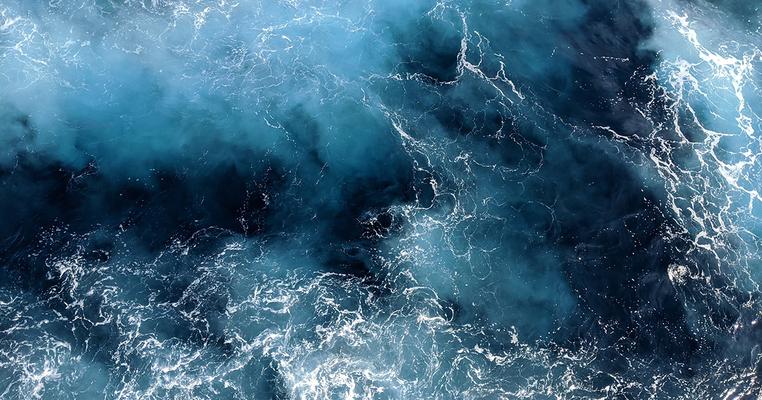
Coral Reefs in the Gulf of Mexico Are Under Threat
When you think of the Gulf of Mexico, what comes to mind are probably majestic sandy beaches, great fishing and outdoor sports, and – not coincidentally – some of the most diverse and glorious coral reefs in the world, home to dizzying numbers of fish and other marine life.
Oh, and the natural gas and oil industries.
In the Gulf, the juxtaposition is a tragic story of cause and effect. After all, the emissions that end up coming from all those rigs and refineries scattered throughout the region aren’t just warming the world. They’re also making ocean waters more acidic, a process known as ocean acidification.
Together, these rising temperatures and increasingly acidic waters are devastating the extraordinary coral on the Gulf Coast, putting entire marine ecosystems and the ways of life that depend on them at risk.
More Heat and Acid = Less Coral
Ocean acidification is what happens when the extra CO2 in the atmosphere (think: fossil fuel emissions) dissolves into the oceans and becomes carbonic acid. The result: water becomes more acidic and a lot less friendly to marine life.
So, as the Gulf becomes warmer and more acidic, corals in the area have suffered. Why? When coral become stressed by warmer and more acidic waters, it expels the colorful algae that keep the coral healthy and are the first rung on the food chain for whole ecosystems. When the algae leave, the coral turns white – a phenomenon known as “coral bleaching.”
Bleaching weakens the coral and it may begin to starve. Unless the coral has a chance to recover and the algae can return, it can die.
A recent study from Rice University, the University of Texas at Austin and Louisiana State University used climate models to project future changes to the Gulf’s waters and found that without significantly reductions in greenhouse gas emissions, fragile coral reefs in the region are likely to experience widespread bleaching.
An Uphill Battle to Stay Healthy
Looking at the shallow reefs along the Gulf Coast, the majority were already in poor-to-fair condition.
“What we can say with certainty is that by the end of the 21st century it is highly likely, and almost certain, that many of the coral reef communities in the Gulf of Mexico will be undergoing heating conditions and acidification conditions that are likely to destroy them,” said Sylvia Dee, an assistant professor of Earth, environmental and planetary sciences at Rice.
She added: "The best-case scenario is that we have rapid and widespread reduction of greenhouse gas emissions in the near term, the next 20 years…The corals in the Gulf of Mexico are hardy. Some survived Hurricane Mitch, and other gulf reefs have survived catastrophic, short-lived events. The concern is that if the heating gets worse every single year, it's going to be close to impossible for the corals to bounce back."
These reefs are critical to the region’s ecosystem. If we lose corals in the Gulf, we also lose a critical home for fish, crabs, clams, starfish, squid, sponges, lobsters, seahorses, sea turtles, and more.
They’re valuable to our economy too. The National Marine Fisheries Service estimates the commercial value of US fisheries from coral reefs is over $100 million (including the Gulf region).
Plus, they help to protect our coastlines. Reefs help naturally buffer our shorelines from waves and storms and help to prevent flooding, erosion, property damage, and more.
According to the National Oceanic and Atmospheric Administration’s Fisheries Department (NOAA Fisheries), reefs in the US provided $1.75 billion in ecosystem services, which includes protection from storm surges and destructive waves, employment, tourism, and fisheries activity. That’s huge.
HELP PROTECT THE CORAL
It’s clear that to help protect these beautiful and valuable reefs, we need to work together to reduce greenhouse emissions now.
Ready to learn how? Join us for our next Climate Reality Leadership Corps training and leave with the knowledge and tools to shape public opinion, inspire action in your community, and lead the global fight for solutions.
We’ll be in cities across the US in 2020. Learn more about becoming a Climate Reality Leader and sign up to be the first to know when the applications open for our upcoming events today!

